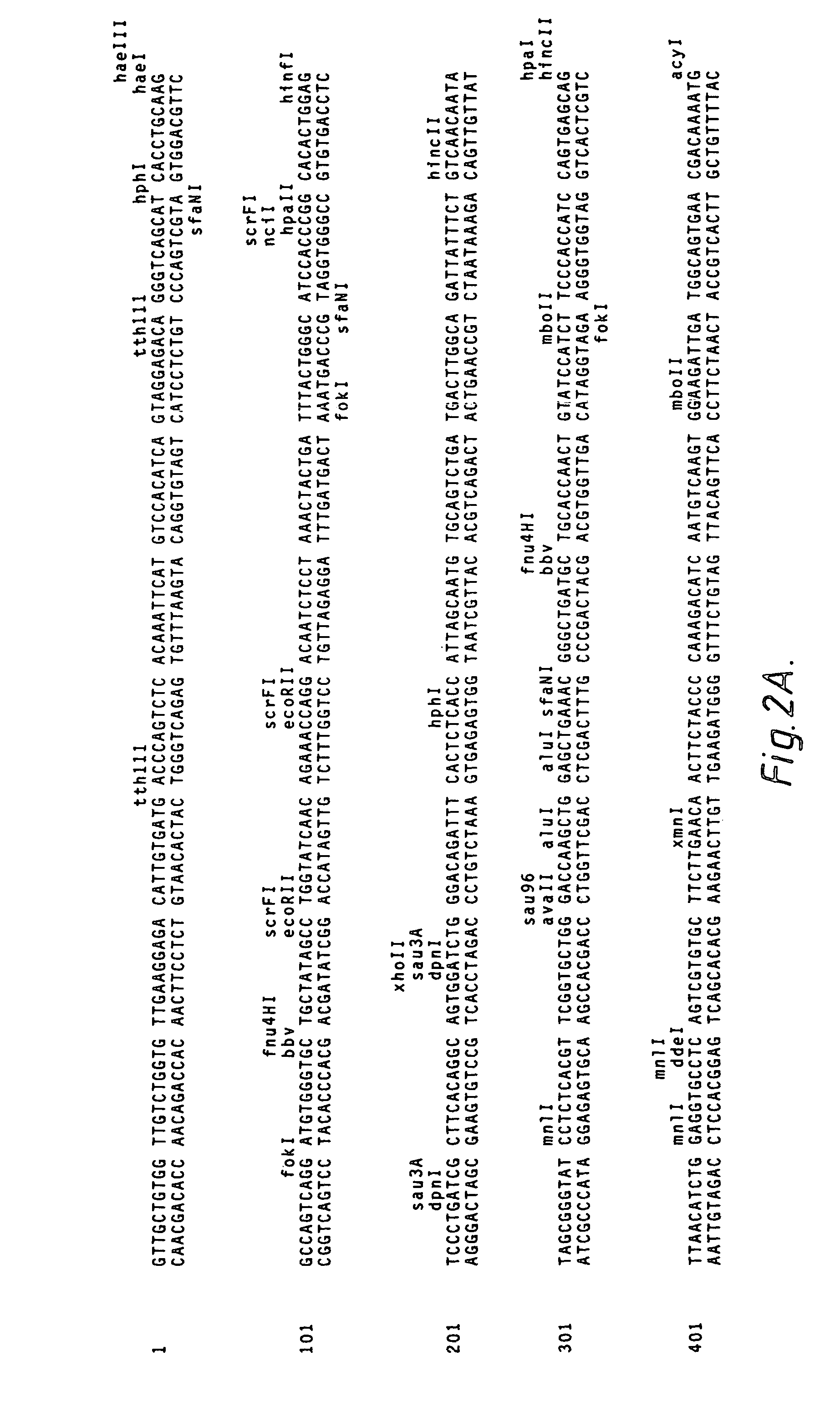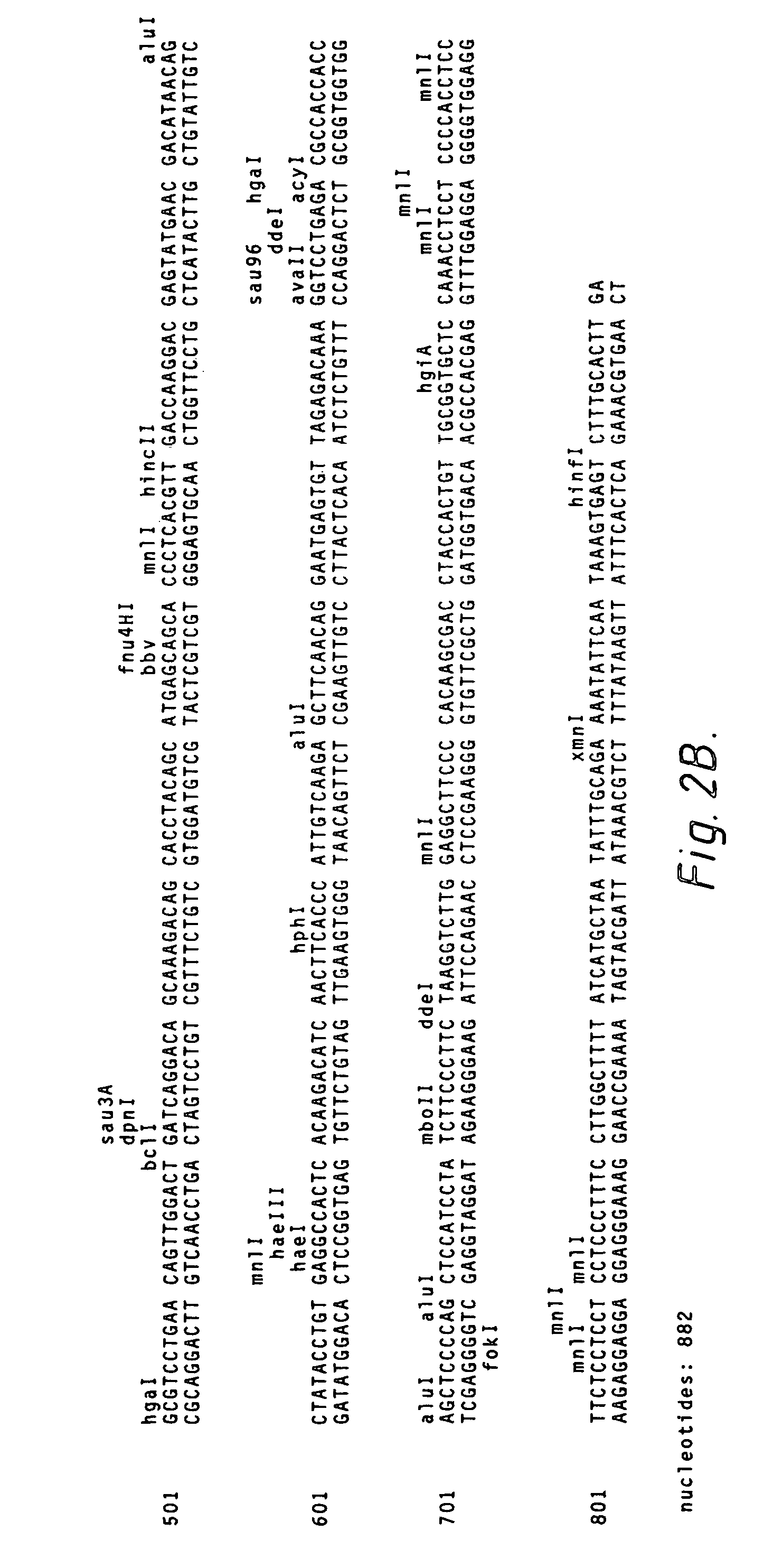Methods of making antibody heavy and light chains having specificity for a desired antigen
a technology of antibody and amino acid sequence, which is applied in the field of immunoglobulin production and to modify the amino acid sequence of naturally occurring immunoglobulin, can solve the problems of hybridoma lines producing monoclonal antibodies, affecting the production efficiency of antibody,
- Summary
- Abstract
- Description
- Claims
- Application Information
AI Technical Summary
Problems solved by technology
Method used
Image
Examples
Embodiment Construction
A. Definitions
[0035]As used herein, “antibodies” refers to tetramers or aggregates thereof which have specific immunoreactive activity, comprising light and heavy chains usually aggregated in the “Y” configuration of FIG. 1, with or without covalent linkage between them; “immunoglobulins” refers to such assemblies whether or not specific immunoreactive activity is a property. “Non-specific immunoglobulin” (“NSI”) means those immunoglobulins which do not possess specificity—i.e., those which are not antibodies.
[0036]“Mammalian antibodies” refers to antibodies wherein the amino acid sequences of the chains are homologous with those sequences found in antibodies produced by mammalian systems, either in situ, or in hybridomas. These antibodies mimic antibodies which are otherwise capable of being generated, although in impure form, in these traditional systems.
[0037]“Hybrid antibodies” refers to antibodies wherein chains are separately homologous with referenced mammalian antibody chain...
PUM
 Login to View More
Login to View More Abstract
Description
Claims
Application Information
 Login to View More
Login to View More - R&D
- Intellectual Property
- Life Sciences
- Materials
- Tech Scout
- Unparalleled Data Quality
- Higher Quality Content
- 60% Fewer Hallucinations
Browse by: Latest US Patents, China's latest patents, Technical Efficacy Thesaurus, Application Domain, Technology Topic, Popular Technical Reports.
© 2025 PatSnap. All rights reserved.Legal|Privacy policy|Modern Slavery Act Transparency Statement|Sitemap|About US| Contact US: help@patsnap.com



